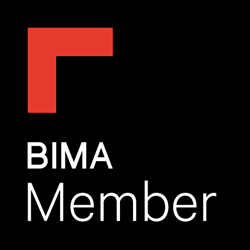Short-form videos are everywhere nowadays. Gone are the days of Vine and Musically, now platforms like TikTok, Instagram Reels and YouTube Shorts have taken over. More and more brands are continuing to take notice and are beginning to cater for the shorter attention spans of users today.
Going viral and creating a memorable video is what it’s all about. Did you know that it’s been estimated that the total revenue from short-form videos are expected to hit $13 billion this year?
Short-form Video Content Craze: Who Started It?
Vine
Amongst the many video platforms out there, Vine was one of the firsts to let people create very short videos online.
In 2012, the six-second looping video app was founded by Dom Hofmann, Rus Yusupov, and Colin Kroll. In April of 2013, Vine earned the title of most-downloadable free app from the App Store, triggering the release of the desktop version in May of the following year. At its peak, Vine boasted 200 million monthly active users.
Vine’s claim to fame was the origin of many widely used memes and slang terms that are still used today such as, “on fleek” and “What are thoooose?”.
To users’ (and my own!) disappointment, Vine was shut down in 2016 facing increasing competition from other platforms.
TikTok
Since its launch in 2017, TikTok, originally known as the iconic Musical.ly, has gained notable popularity from young people around the world.
The platform has continued to grow in size and scale, surpassing 1.5 billion downloads as of November 2019 on the App Store and Google Play.
The same year, TikTok also reached the 1 billion download threshold and was named the seventh most downloaded mobile app of the decade.
Beyond lip-syncing and dancing Gen Z-ers, major brands have begun to jump on the bandwagon to push sponsored posts or run ad campaigns that appeal to younger, influential audiences. From a general user standpoint, the app also serves as a popular hub for extracting meme-able content to share with friends and family.
While Instagram is known for its aesthetic posts and influencers, they are also known for its very well loved Stories format where users can post photos or videos that last for 24hrs. In 2015, this was followed by the launch of the Boomerang app, which has since been integrated within its Stories feature. The Boomerang filter allows users to create GIF-life, looping content.
Then along came Instagram Reels that launched first in Brazil in 2019. This type of short-form video content consists of a user creating 60 second long videos that can be edited to sounds and music and be shared on the users feed, story or reel exposure page. Although not as popular as TikTok, Instagram reported that 9 out of 10 users watch 30 minutes of Instagram video content, including Reels each day. In light of the level of competition, Instagram is making some big changes to its Reel, IGTV and IG Stories features to better the experience for users. These new features will include video caption stickers, montage features and now teenage account user accounts will be defaulted to private, in the help to protect younger users from suspicious accounts.
YouTube
Since first launching YouTube Shorts in September 2020, the Google-owned video platform has given its users more than 5 trillion short-form videos during this short space of time. It is reported that in 2022, YouTube will be testing new ways for Shorts creators to make money through the platform, in the hopes to keep up with TikTok’s new marketing feature. This will allow creators to create sponsored video content from brands via BrandConnect.
Despite its delayed entry to the short-form video race, YouTube is rumoured to take on Instagram Reels as it’s biggest competitor in the field. YouTube has also set aside $100 million to reward creators who create shorts content during 2022 – sounds a little like bribery, right?
Why Short Form Video Content?
Short-from video content can range anywhere from 30 secs, 60 secs and now 3 minutes (thanks to TikTok). However, most short form video content platforms only allow up to 1 minute, some even lower than that until recently.
One of the main reasons why short form video content is more popular now than ever is because of the sheer amount of information readily available to us, it is almost overwhelming. From the introduction of platforms like Vine and TikTok, we have become accustomed to tutorials, how-tos and funny clips in short bursts, causing a natural attention span drop in Generation Z and millennials.
The goal of short-form content is to deliver a video to an engaged audience without exhausting their time. Because of this, marketers using video content to communicate with users have less than 10 seconds to make an impression before the average person gets bored and scrolls.
Do you ever find a video and think “wow this is a long video!” even if it’s only 2 minutes long?
What does this really mean for marketers and brands?
It is reported that short-form videos already have the highest ROI of any other social media strategy as 30% of social media marketers plan to invest in this over other trends in 2022. Have you ever bought something that was featured in a TikTok video?
In the HubSpot Blog’s 2022 Marketing Industry Trends Survey, it was found that more than half of marketers (51%) who use short-form video plan to increase their investment in 2022. Meanwhile, 38% plan to continue investing the same amount.
Benefits of Short-Form Video Content
Short-form videos are the number one route for users who want to consume visual content quickly. When executed well, short-form videos can help your brand build identity, communicate with a younger generation and modernise your brand.
Below are some of the main advantages and benefits of short-form video content for marketers and brands.
Promotes higher engagement
Short-form videos promote higher engagement with targeted audiences, using platforms like TikTok, IG and Shorts, you can significantly lower the demographic you are trying to communicate with. So if you’re trying to increase our audience or modernise your brand, using short-form video content is the way to go.
Videos are shared across social media, allowing comments on your videos and increasing user engagement and interaction.
High chances of going viral
The good news is that anyone can go viral. Creating memorable content is key, you only have a short amount of time to create a lasting impression on someone so remember to make an impact on your relevant audience.
Think back to the last short video you told someone about and why you remembered it.
Improves email interaction
Adding short-form video content to your email marketing campaigns can increase email open rates. Just remember to include the word “video” in the subject so the user knows what to expect.
Creates personalisation & community
Short-form video campaigns can create a sense of community among viewers and helps to bring personality to the brand you are trying to market.
For example, taking part in viral trends and challenges improves visibility and entices viewers to participate too. In turn, users and participants feel a connection to your brand and to a community of other brand challenge participants.
The Short-Form Content Battler Round Up: Who Won?
Now you know what short form content is, why to create it and the benefits, will you be taking advantage of short form content?
It is safe to say that TikTok is the leading short form video content platform, but what app do you use the most?
If you need help with creating content for your brand’s social media, get in touch with the social team at Seed – we’re full of new ideas to help improve your brands social presence.








